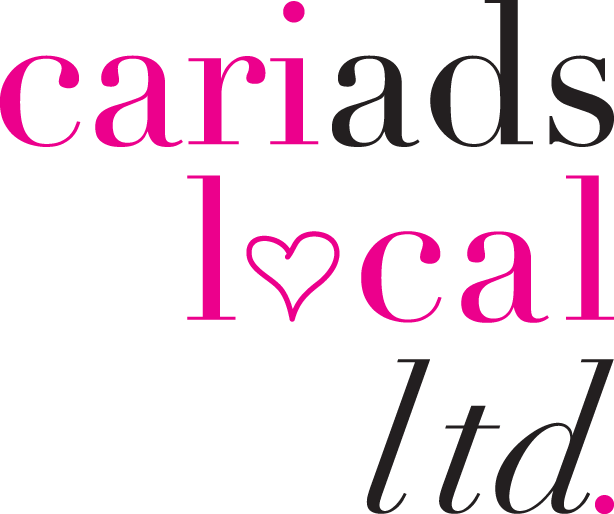Your History: Marriage and the Mortimers
In September 1301, a comet was seen for eight nights above Herefordshire and Shropshire. It first appeared soon after a 14-year-old young man married a young woman aged 15 – a dynastic marriage, uniting two great families, which had an enormous significance for the future history of Ludlow, and, indeed, the country. The young man was Roger Mortimer (1287–1330), the heir to the lordship of Wigmore, to the west of Ludlow, and to extensive estates across England and the Welsh Marches.The young woman was Joan de Geneville, sole heir to Ludlow Castle and half of the town, plus her grandfather’s lands in the Welsh Marches and Ireland (her grandfather, Geoffrey de Geneville, had placed Joan’s two younger sisters, while still small children, in a nunnery to avoid splitting his inheritance three ways). The marriage brought Ludlow into the ownership of the Mortimer family. Although it was a dynastic marriage that united the lands and wealth of two great families, all the indications are that Roger and Joan enjoyed a successful relationship – working together to manage their estates that spread across three countries, furthering the interests of the family, and raising 12 children. Successful until they were torn apart when Roger was imprisoned in the Tower of London for rebellion against Edward II, only to escape and flee into exile in France. When he returned, Roger, in close alliance with Queen Isabella, forced the king to abdicate, and together they ruled the country during the minority of Edward III. It was rumoured that Roger and the Queen were lovers as well as political allies. Roger negotiated marriages for his children that were strategically planned to strengthen the Mortimers’ ties with the greatest families in the country. The family survived Roger’s fall from grace when he was executed in 1330 and recovered to make the greatest marriage in the family’s history when his great grandson married into the royal family.
w w w. m o r t i m e r h i s t o r y s o c i e t y. o r g . u k


